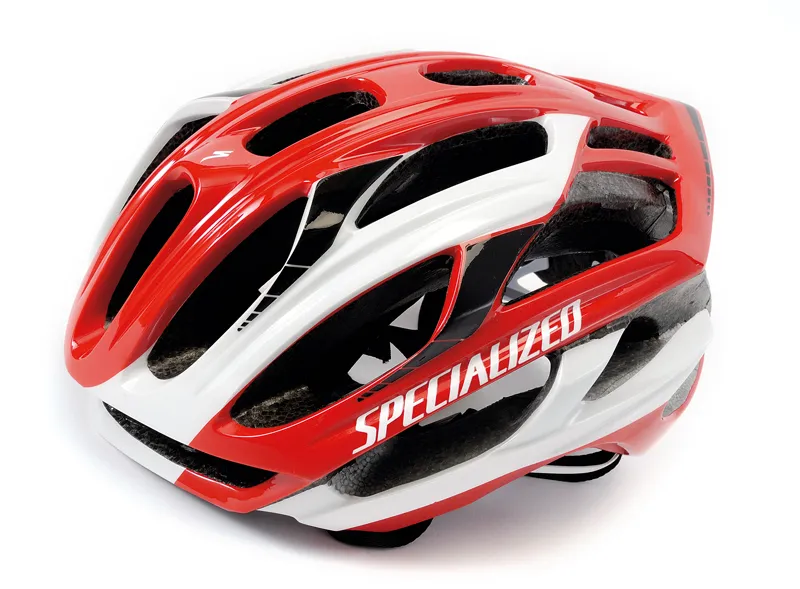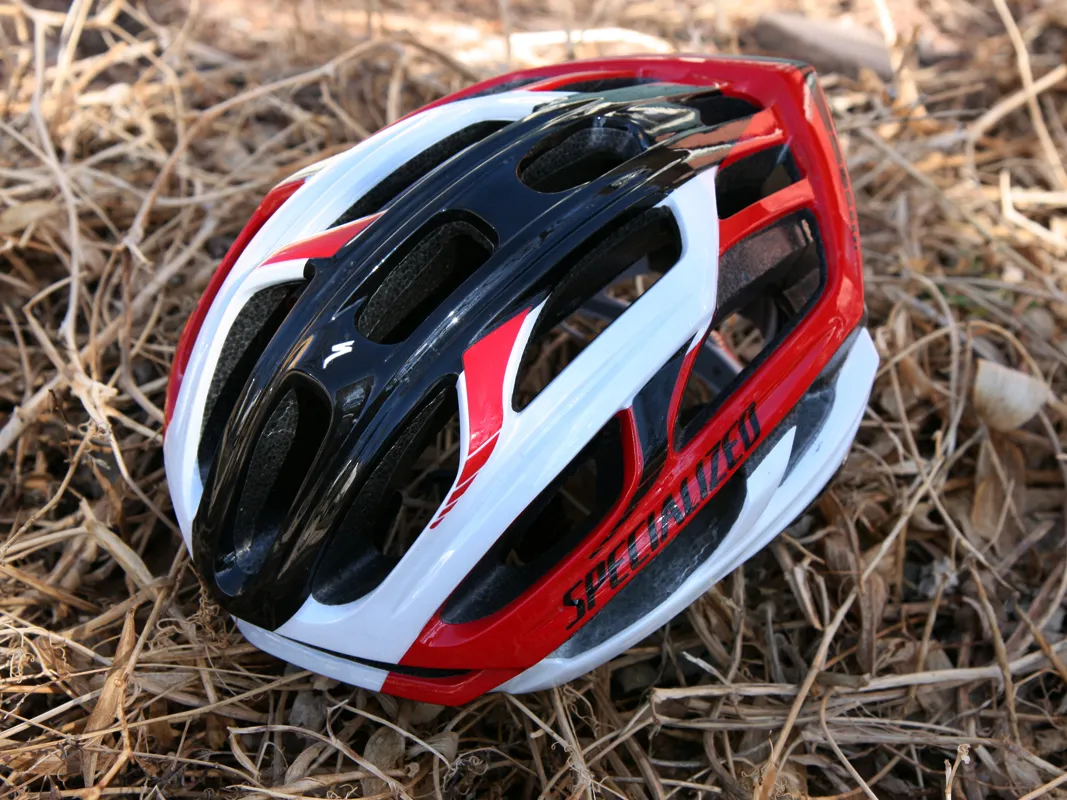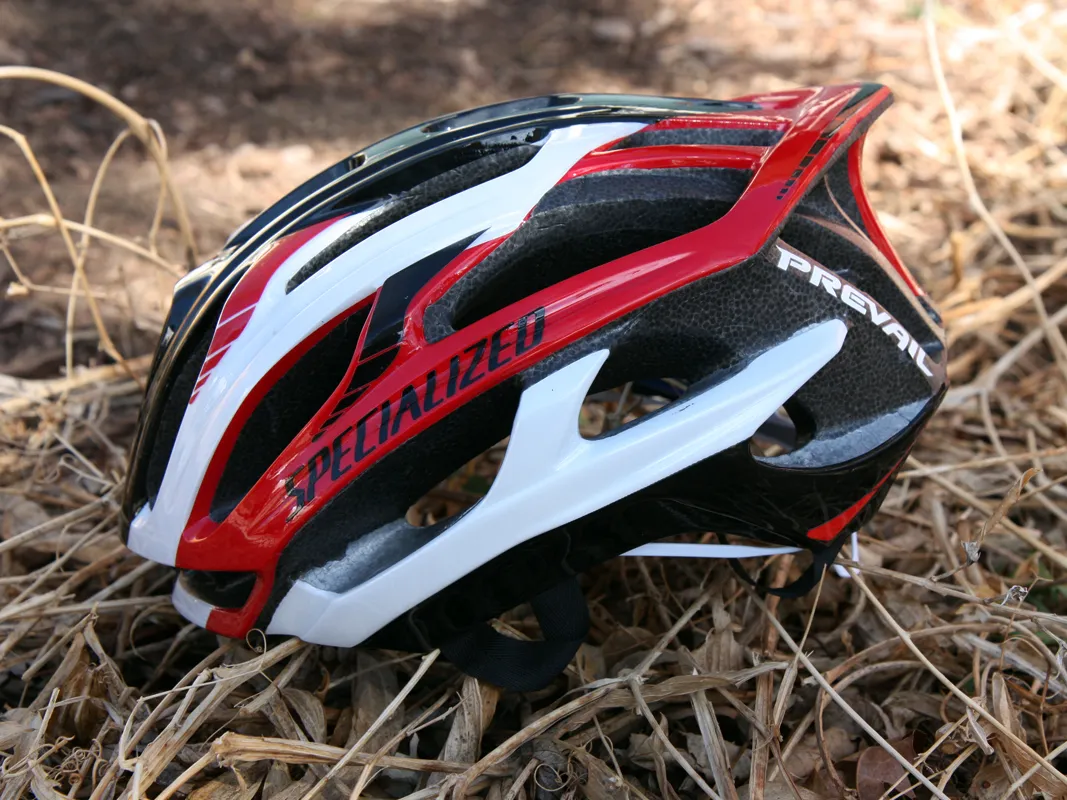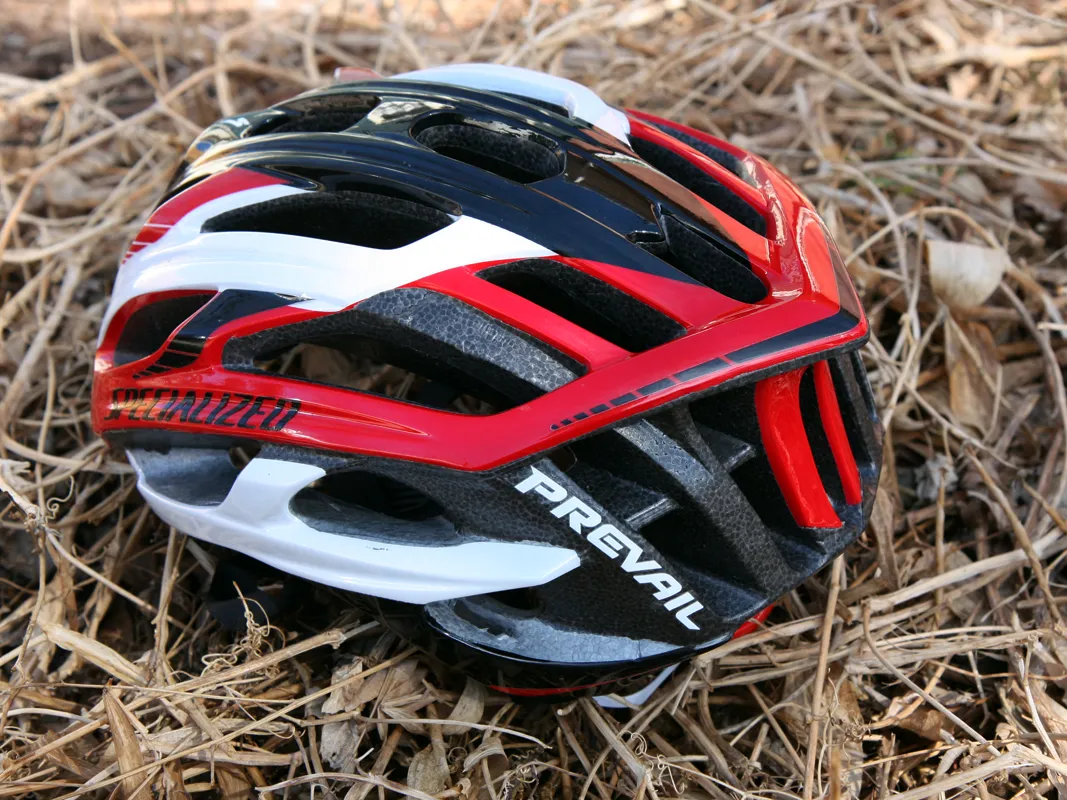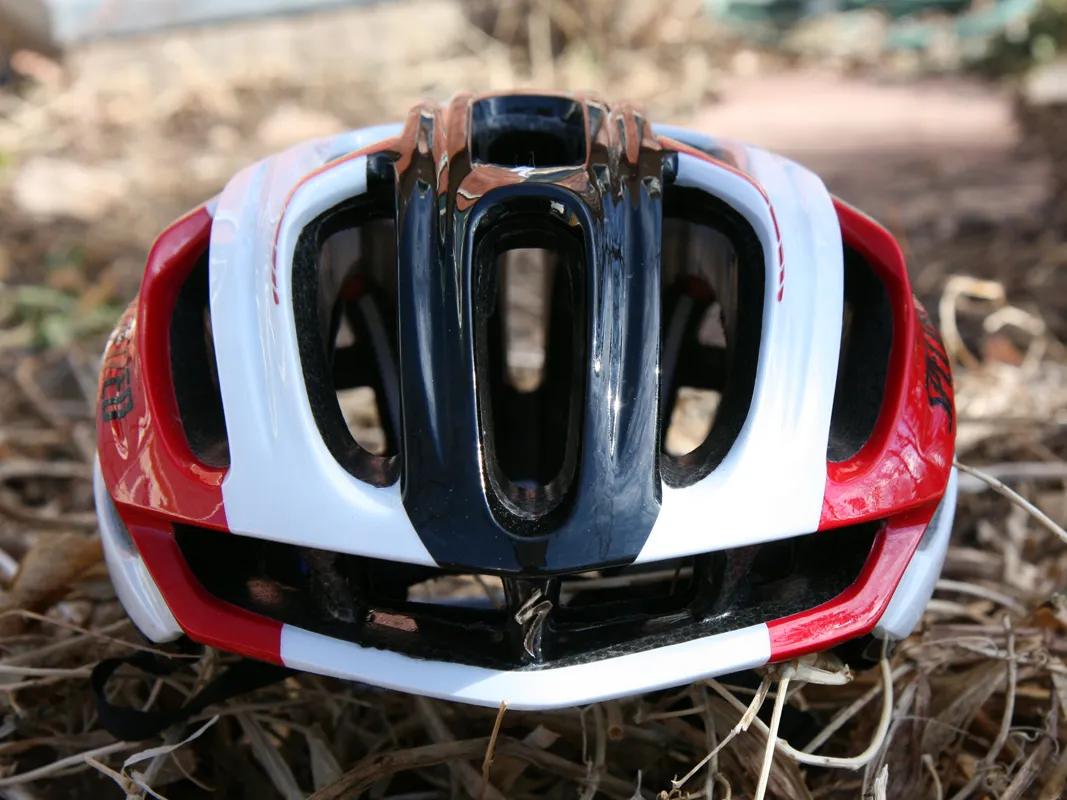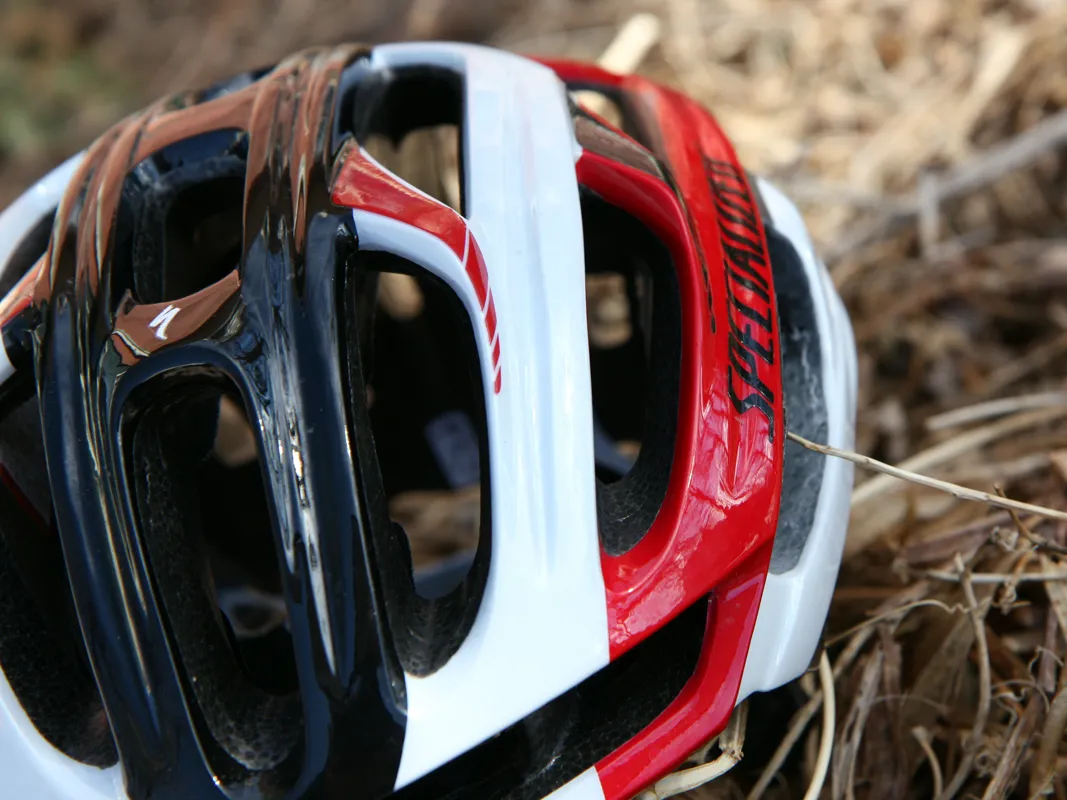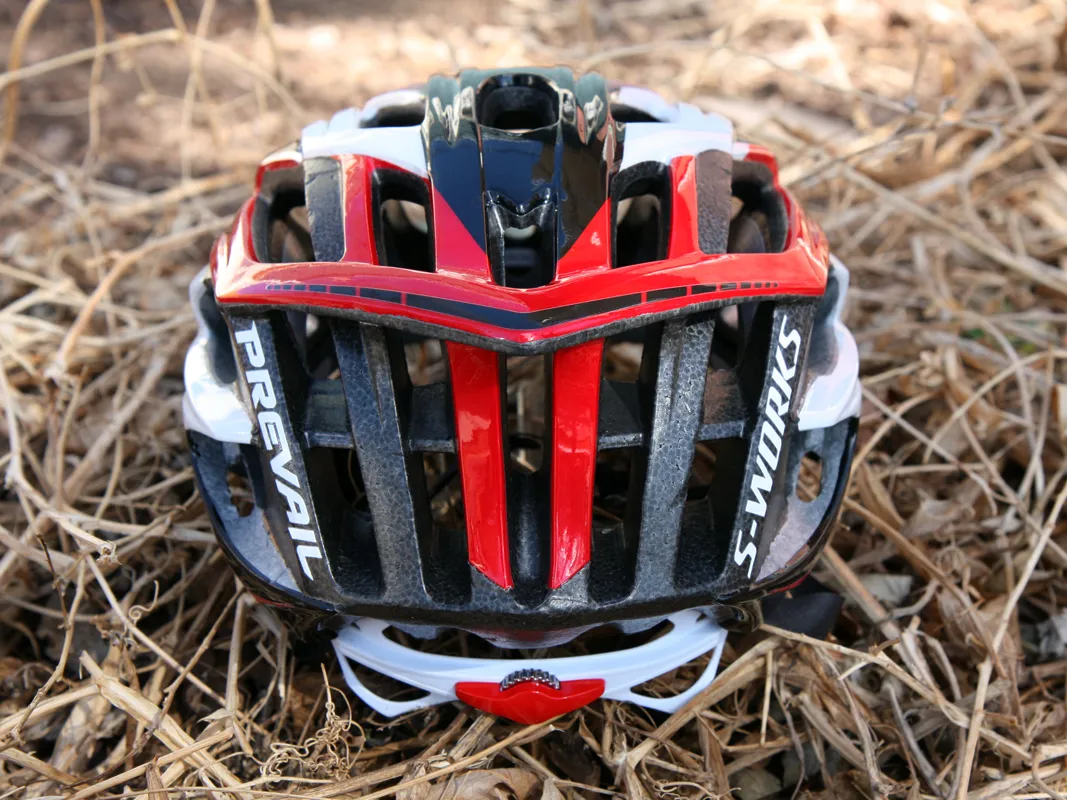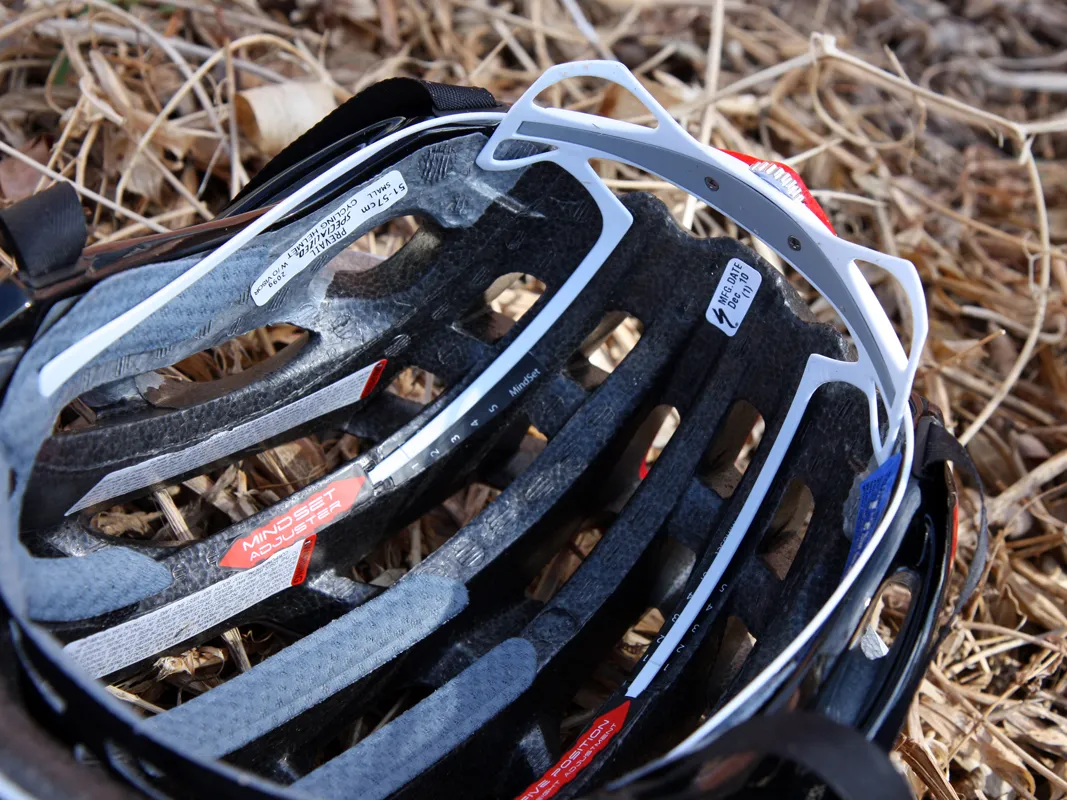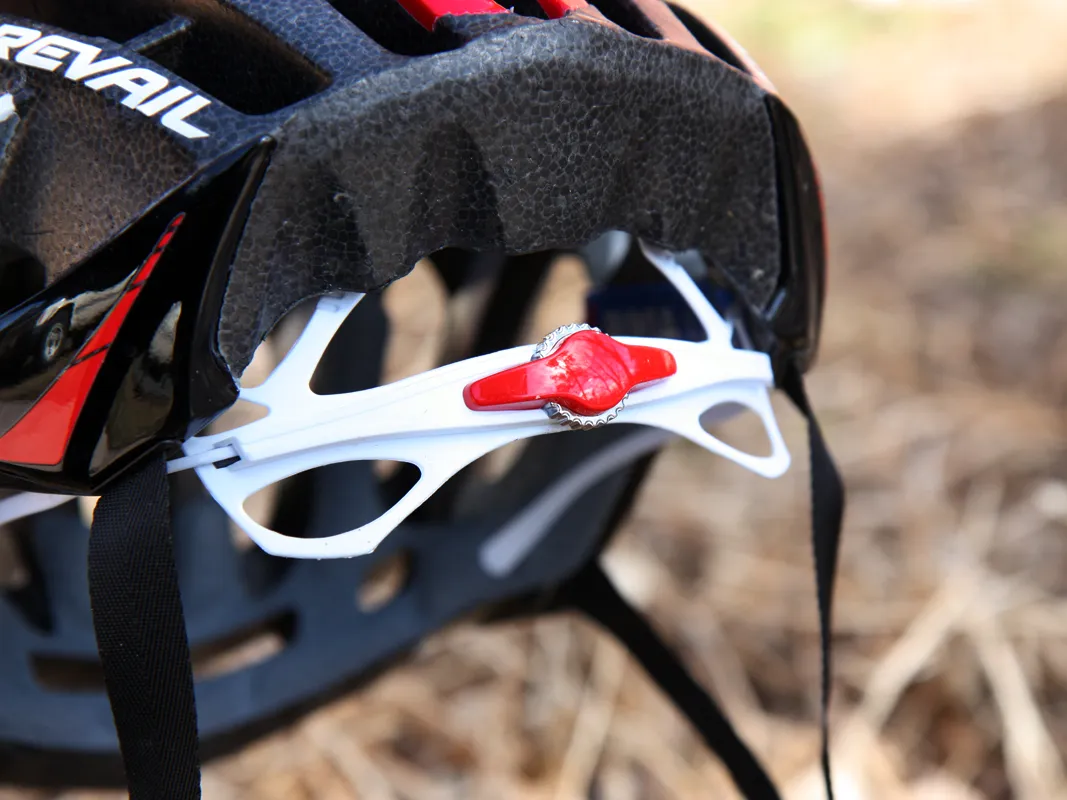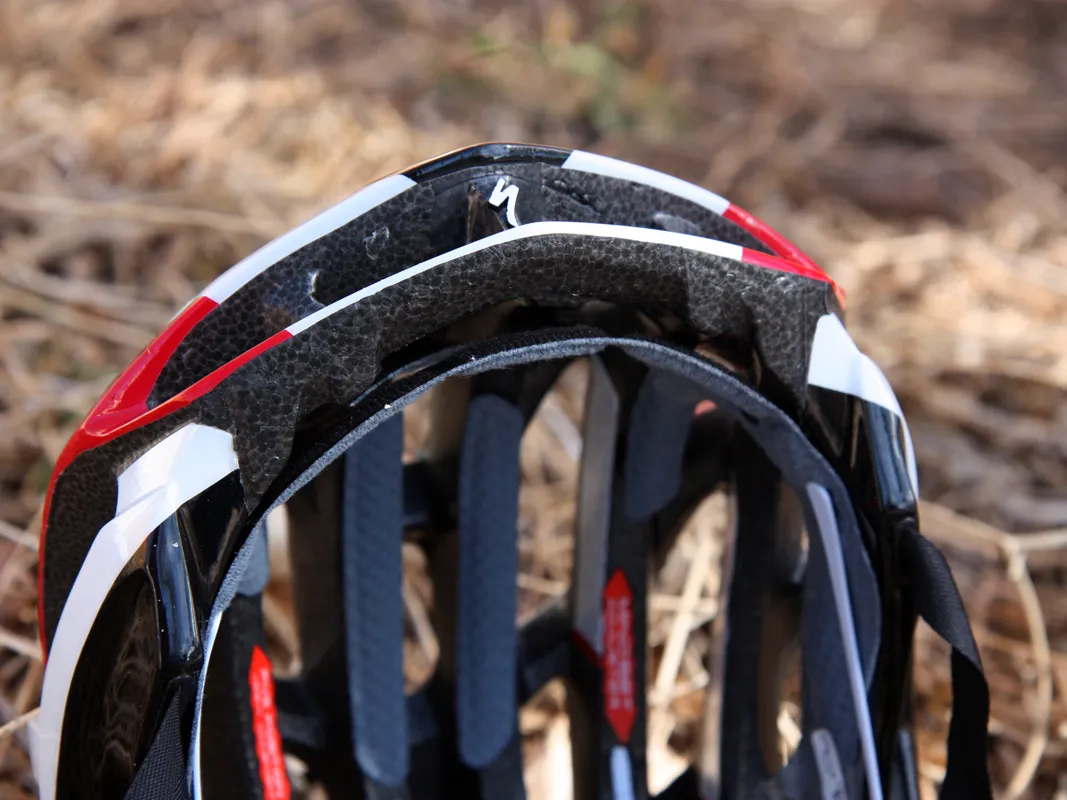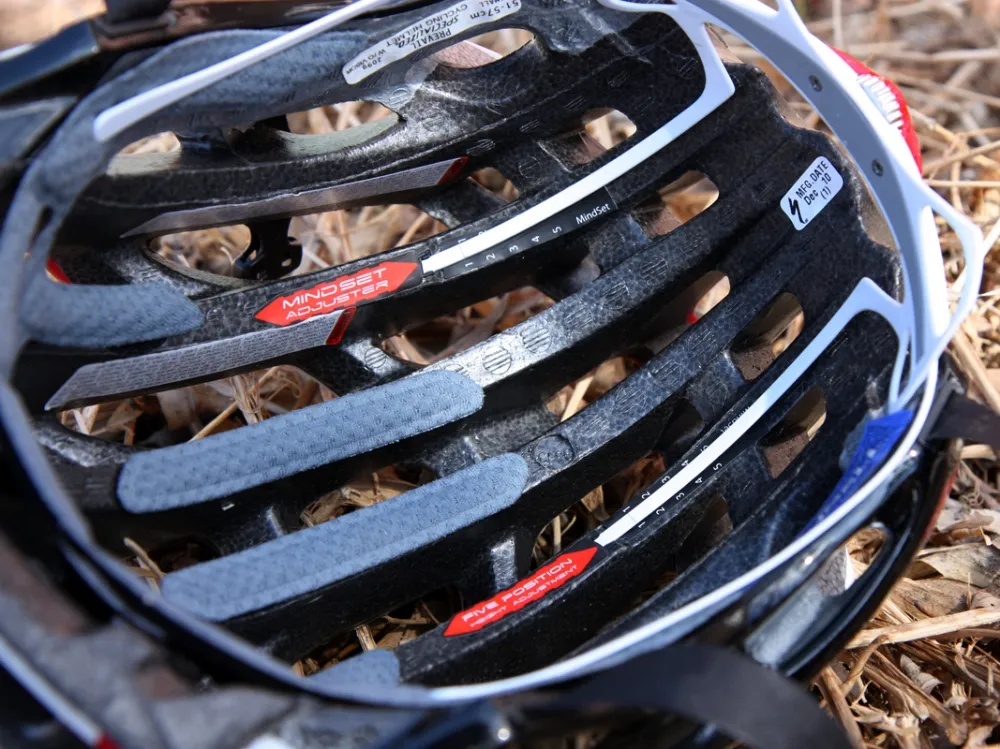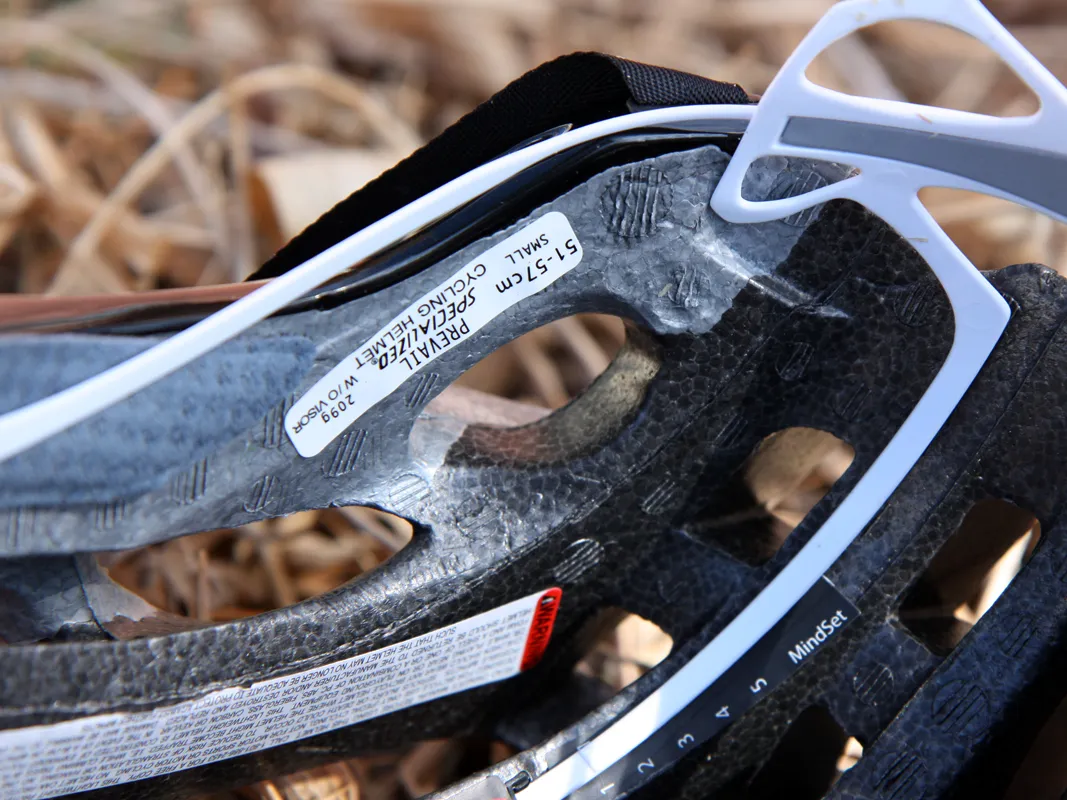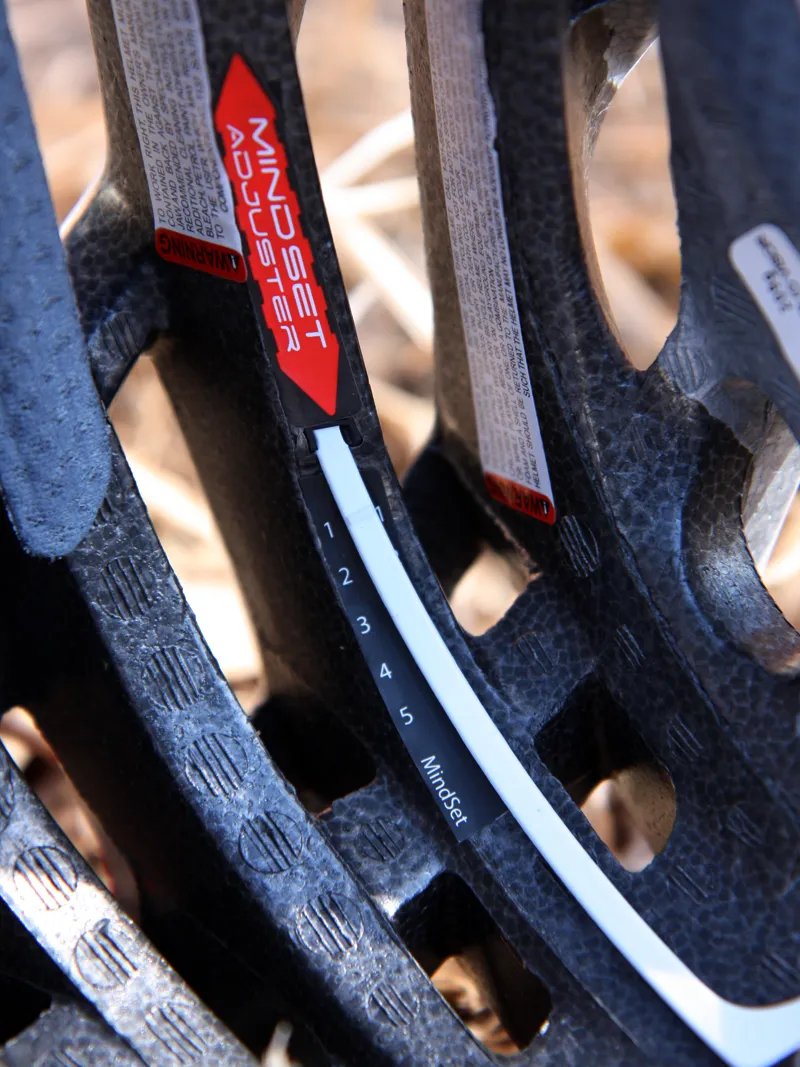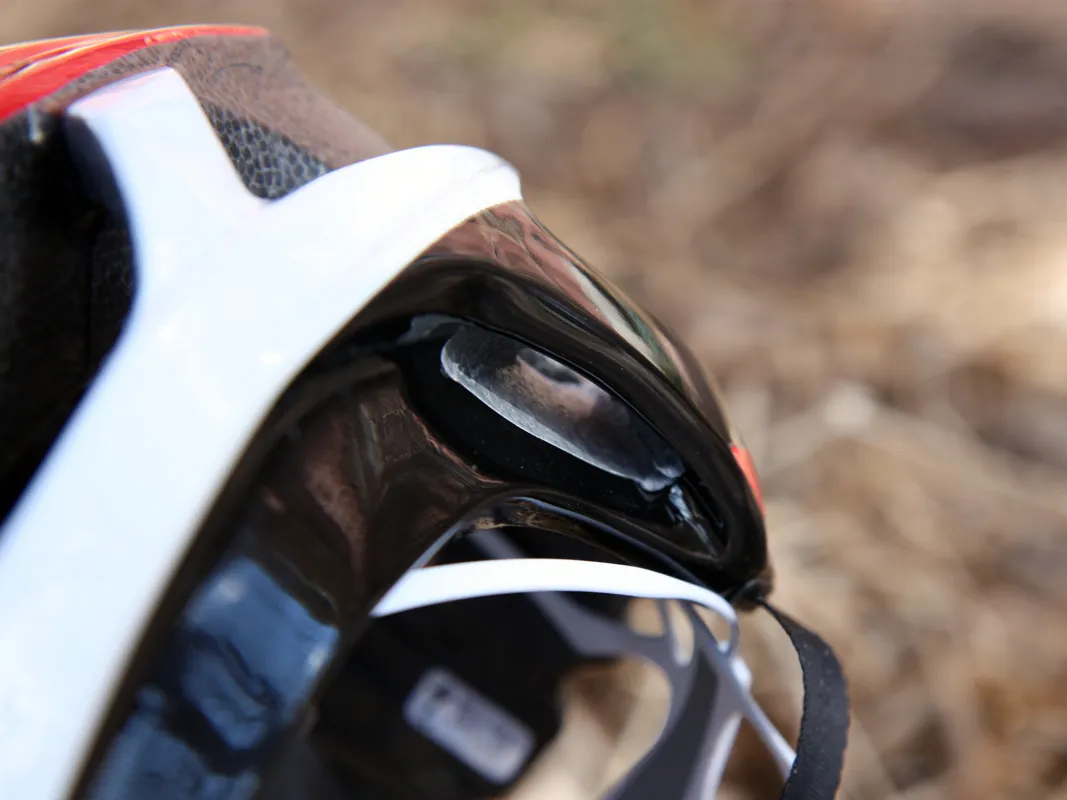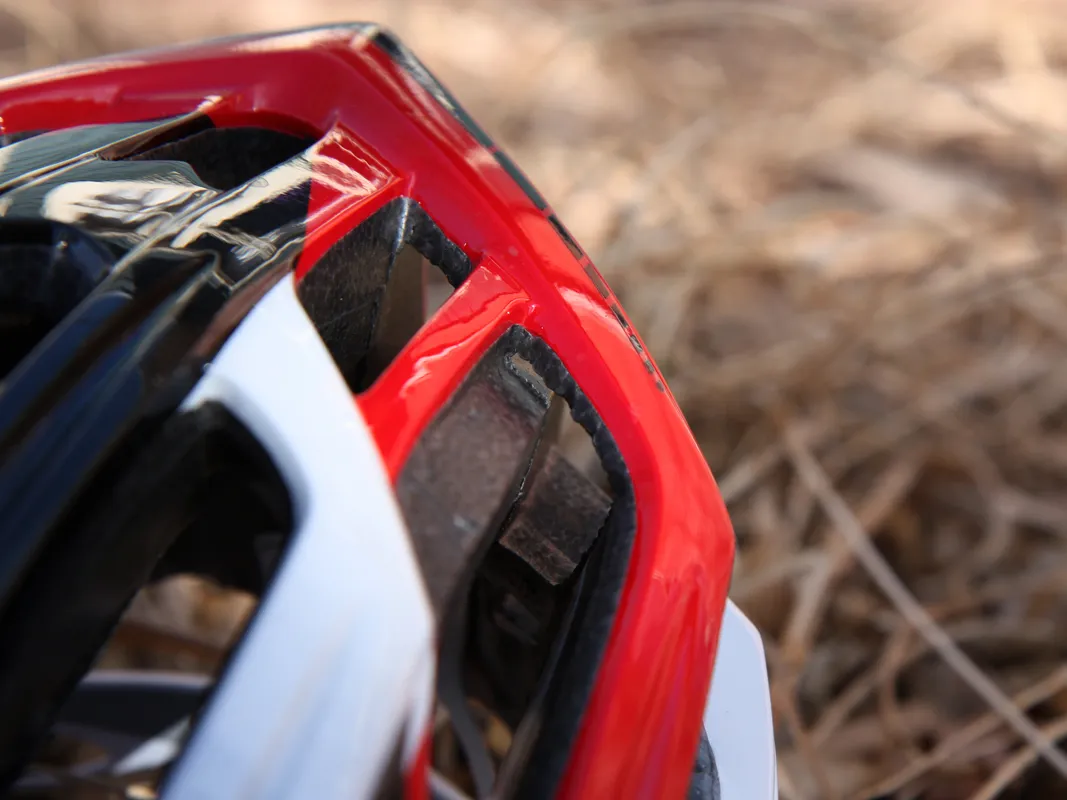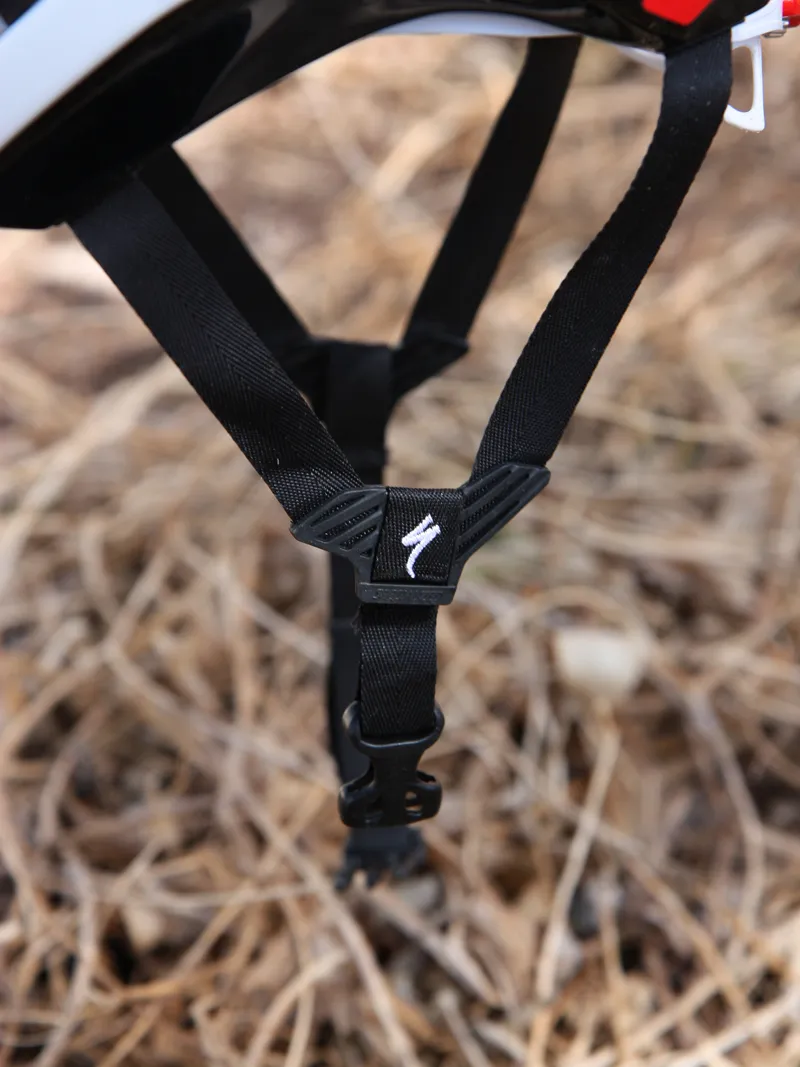The bicycle industry's focus on aerodynamic performance has now hit the road helmet market with the introduction of Specialized's latest Prevail lid. According to company claims, a Prevail-equipped rider with a consistent 250W output will be 250m ahead of an equivalent rider wearing a Giro Ionos after an hour.
Based on an examination of various aero equipment we did in 2008, that actually makes the Prevail pretty good value for the money if speed is among your prime objectives, even if real-world savings are only a portion of the claimed figure.
Even if you don't buy into the marketing spiel, the Prevail is a fantastic helmet. Fit quality and overall comfort has been improved over the old S-Works with the new Mindset retention system, which moves all of the hard bits away from your forehead and easily adjusts in circumference via a handy dial. Rear cradle height is quickly adjustable in five increments and the ultra-minimal construction is softer and more flexible.
As before, there's a generous amount of padding that combines with Specialized's well-refined ovoid headform to provide a snug and very secure hold that's free of pressure points even on shaved noggins. The welded edges on the replaceable pads are bigger than on the old S-Works, too, so they should be less likely to fall apart if you wash them regularly.
Specialized's helmet designers have even paid good attention to the straps, which are admirably thinner and more flexible than the norm – especially when caked with dried sweat. And while we were initially worried about the limited adjustability of the fixed-position Tri-Fix strap layout, it turns out that more often than not, it places the strap intersections exactly where they should be at the back of your jaw. Moreover, the upper straps are even further separated than usual so there's more space for your ears than with conventional sliders.
It's difficult to make final conclusions on ventilation given the time of year but the fact that we had to wear a light skullcap under our test helmet even at a relatively warm 10°C (50°F) bodes well for the hot summer months. Back-to-back tests suggest that airflow has been marginally improved over the already-excellent S-Works.
The Prevail's exterior vents are bigger and more numerous than before, and the interior boasts deeper and broader channels that extend even further rearward for a straighter path. Also, there's more space in between the shell and your forehead to help suck in more air right up front. And as a note to convenience, those giant vents easily fit even the fattest of fingers, so it's easy to tackle itches as you're rolling along or tuck in a pair of sunglasses.
Finally, the new Prevail is about 24g lighter than the S-Works at just 214g for a small size with padding, making it about 30g heavier than the Giro Prolight but better ventilated (and better looking) with a more refined fit, and a more significant 77g lighter than the Ionos. Frequent travelers will want to keep in mind that the dual density foam used to hit that number (lower on top, higher on the sides) makes for a flimsier feel than most conventional single-density helmets, so exercise care when stowing a Prevail in your luggage.
The only questionable change is the styling. The Prevail sports an admirably low profile but even so, it's still a touch bulkier than the older S-Works and has a more squared-off look from most angles. According to Specialized, the altered profile was dictated by wind tunnel testing but current S-Works aficionados looking for an upgrade might be disappointed nonetheless. And in case that sort of thing is important to you, there are no longer any visible carbon fiber bits, either.
Pricing is expectedly on the premium side at US$230 but that's still inline with – and in some cases cheaper than – most of the competition at this level. If the Prevail is still too rich for your blood, its introduction has still brought with it a nice side effect: the price of the existing S-Works model has now dropped to US$185.
